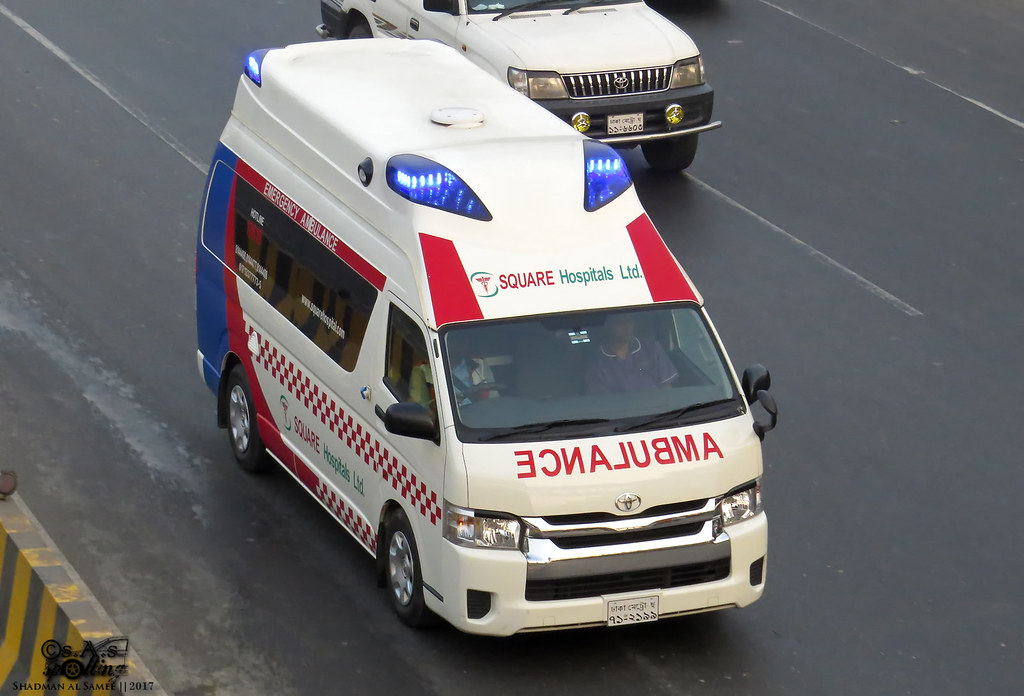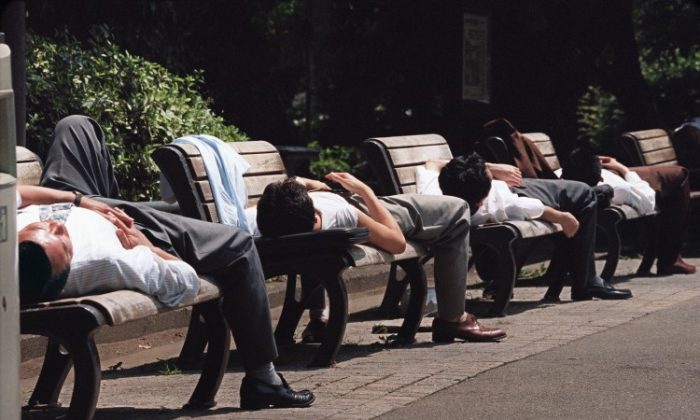Ambulance service in Dhaka has always been poor. This is mainly because there are not enough ambulances and the ones that do exist are often insufficiently equipped. In this article, we will explore the reasons behind ambulance service being slow in Dhaka and what can be done to improve it. We will also give you some tips on how to get better treatment when you need it most.

Dhaka is one of the most densely populated cities in the world
Dhaka is one of the most densely populated cities in the world. It has a population of over 15 million people and an estimated growth rate of over 8 percent. The city’s ambulance service is severely underfunded and inadequate, resulting in long wait times for patients. In 2013, there were only 5 ambulances for every 10,000 residents, which was well below the global average of 13 ambulances for every 10,000 residents. Dhaka’s ambulance service is also notoriously slow and unreliable, with patients routinely waiting more than an hour for an ambulance to arrive. This impairs patients’ health and reduces their chances of being treated quickly enough to prevent serious injuries or death.
One reason for the slow response time is that Dhaka’s ambulance service is inadequately funded. Although it had a budget of US$3 million in 2013, the service only had the resources to deploy 5 ambulances for every 10,000 residents. This compares unfavorably with the global average of 13 ambulances per 10,000 residents. Moreover, Dhaka’s ambulance service is also unreliable: in 2013, there were reports of ambulances failing to reach their destination or refusing to take patients because they were too full. These problems have caused widespread patient dissatisfaction and have led to calls for reform from healthcare experts and citizens alike.
If Dhaka wants to improve its ambulance service, it will need to invest more money into the system and make reforms that address the reliability issues plaguing it currently.
The ambulance service in Dhaka is severely underfunded
Dhaka is one of the most populous and congested cities in the world. The ambulance service in Dhaka is severely underfunded, making it difficult for people to get emergency medical care when they need it. This has led to many people dying due to delayed or non-existent ambulance service.
Ambulance service in Dhaka is chronically underfunded and does not have the resources necessary to meet the needs of the population. Ambulances are often too small, old, and unreliable to transport patients quickly and safely to hospitals. This often leads to patients dying due to delays in getting emergency medical care.
Due to chronic underfunding, ambulance service in Dhaka is often slow and unreliable. This often causes patients who need emergency medical care to die as a result. Ambulance service in Dhaka desperately needs more funding so that it can provide timely and reliable medical care for residents of the city.
The ambulance service in Dhaka is often slow to arrive
In Dhaka, the ambulance service is often slow to arrive. This is because there are not enough ambulances available, and they are also not always able to reach the people who need them the most quickly. In fact, according to a study done by the Associated Press in 2017, the ambulance service in Dhaka is one of the worst in the world. This means that people who need help usually have to wait a long time for an ambulance to arrive. This can be very dangerous for them, and it can also cause huge delays for other patients who need medical care. It’s important that we work to improve the ambulance service in Dhaka so that everyone can get the care they need as quickly as possible.
The ambulance service in Dhaka is often overworked
The ambulance service in Dhaka is often overworked and understaffed, which can lead to delays in getting patients to the hospital. Ambulances are often not available when they are needed most, and this can result in long wait times for patients. The government has responded to the problem by increasing the number of ambulances, but this is not enough. There also needs to be more training for paramedics, as well as better equipment and facilities.
Conclusion
There are several possible explanations for the slow ambulance service in Dhaka. One possibility is that there simply aren’t enough ambulances available to meet the demand. Another possibility is that the paramedics who are available are not certified to work on a high-volume ambulance service like in Dhaka. Finally, it could be that the ambulance service is just not well coordinated or managed. As we mentioned earlier, these types of issues can often be resolved with better planning and communication between different parts of an organization. In the case of the ambulance service in Dhaka, hopefully addressing these problems will result in faster response times for people who need help.

Arlene Ross is a health blogger who enjoys writing on her website. Arlene has always had an interest in medicine, and she hopes to become a doctor one day. She loves reading about medical discoveries, especially when they are for rare conditions that don’t have much research yet. She also likes exploring the science behind different diets and nutrition programs.







